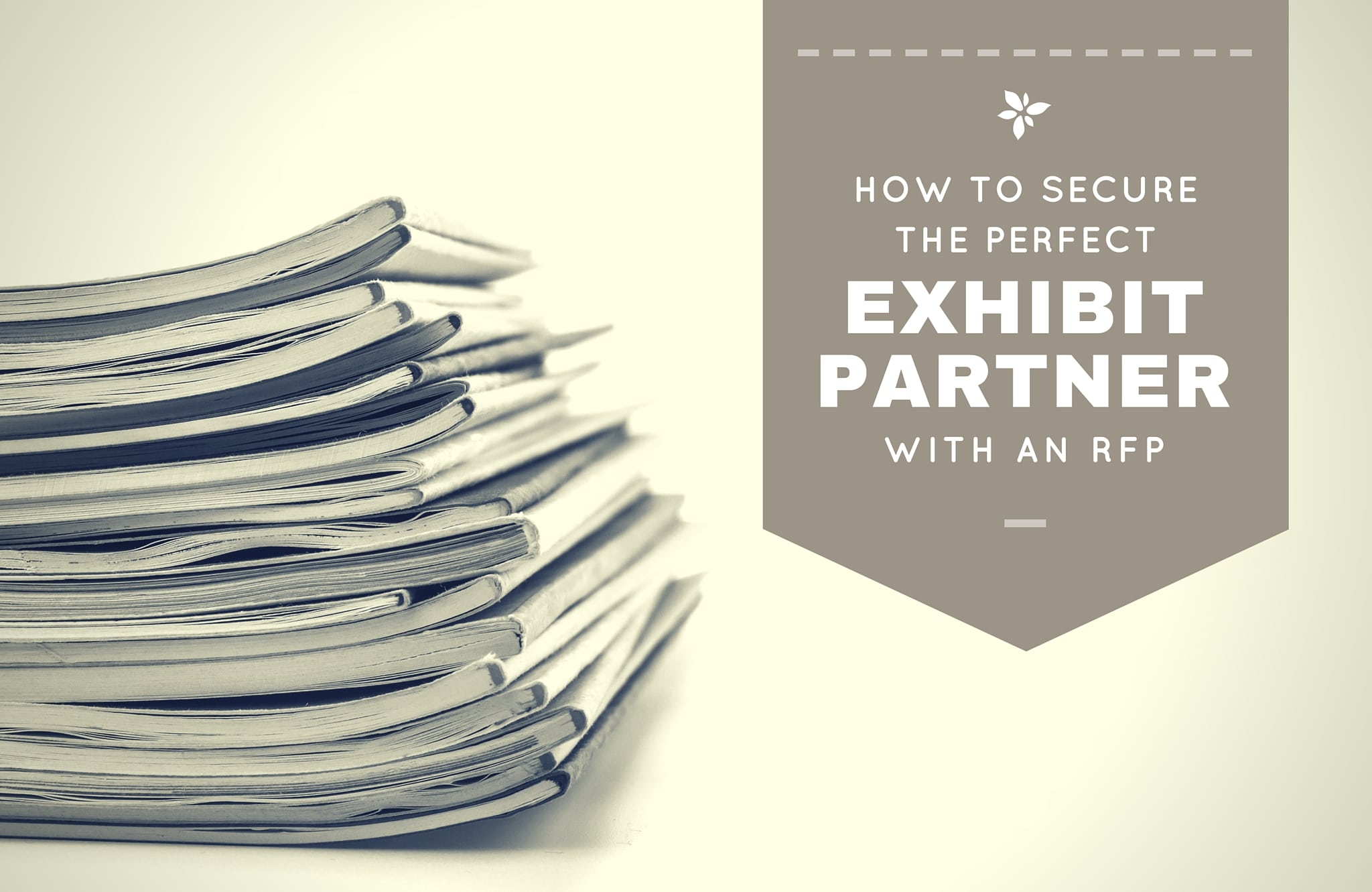How to Secure the Perfect Exhibit Partner With an RFP
Thursday, June 30, 2016 8:24 PM by Taylor Studios in Professional and Industry Tips

Your grant was awarded. Your fundraising efforts went astonishingly well. You’re ready to bring your dream of new exhibits to fruition. How are you going to take on such a huge task? Requests for Proposals are often the go-to method to solicit vendors or partners for museum and exhibit projects. However, before you haphazardly issue an RFP that is open to the public, consider the following:
Educate yourself. The Exhibitionist dedicated a whole issue to the RFP writing process. You read up on (http://name-aam.org/uploads/downloadables/EXH.spg_07/EXH_spg07_Writing Successfull RFPs_Mayer.pdf), see sample templates, evaluation criteria, RFP examples, RFQ examples, and more. Know what you’re getting in to ahead of time.
Engage your stakeholders. Understand their goals, objectives, and expectations. Get your “group” aligned to the best of your abilities before engaging in a contract with a vendor. This will put you a world ahead once you do begin work.
Prequalify vendors ahead of time. Proposals can be lengthy and you probably don’t have time to thoroughly read through 100’s of them. If you select and prequalify three to five firms ahead of time, you can save yourself time and effort in the selection process. Issuing a short RFQ before an RFP can help you narrow your initial selection.
Put forth the effort. The effort that you put in is the effort that you get back. If your RFP is poorly organized, confusing, or vague, you can expect disorganized, confusing, and vague proposals in response.
Make an informed decision. You are about to spend what may be a lot of money on what could be a once-in-a-lifetime experience. Engage in a dialogue with your potential vendors. Talk to them on the phone, via video chat, or in-person.
Follow-up. Once you’ve made a decision, let the other firms know that you did not choose them. They likely put forth hours of effort to respond to your RFP.
Postscript: Ask for help if you feel you need it. A number of folks write RFPs professionally. If you are going to spend a chunk of change on new permanent exhibits, isn’t it worth a second set of eyes? Your visitors, stakeholders, and staff will all reap the benefits of a good solicitation and selection process.
Share this on social networks